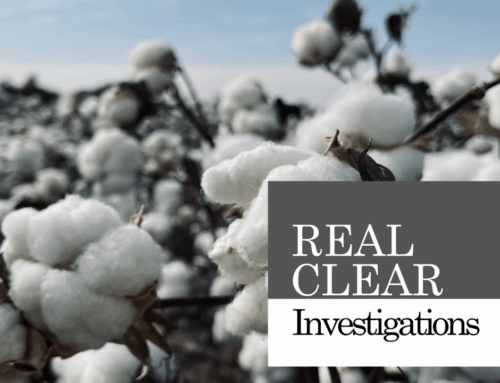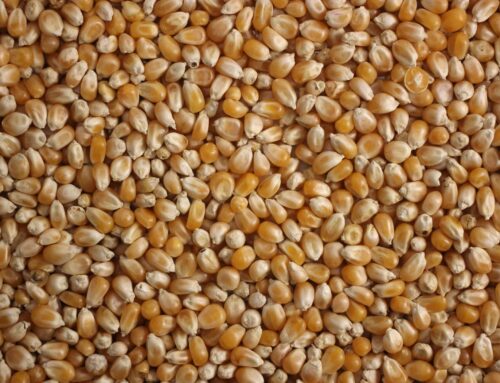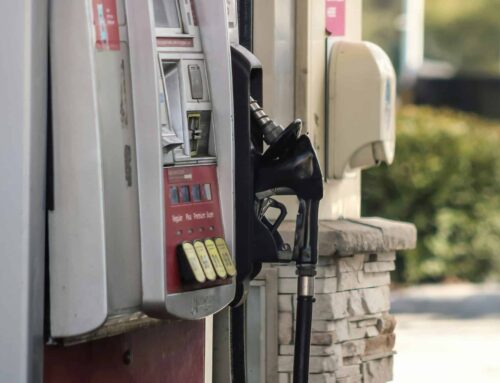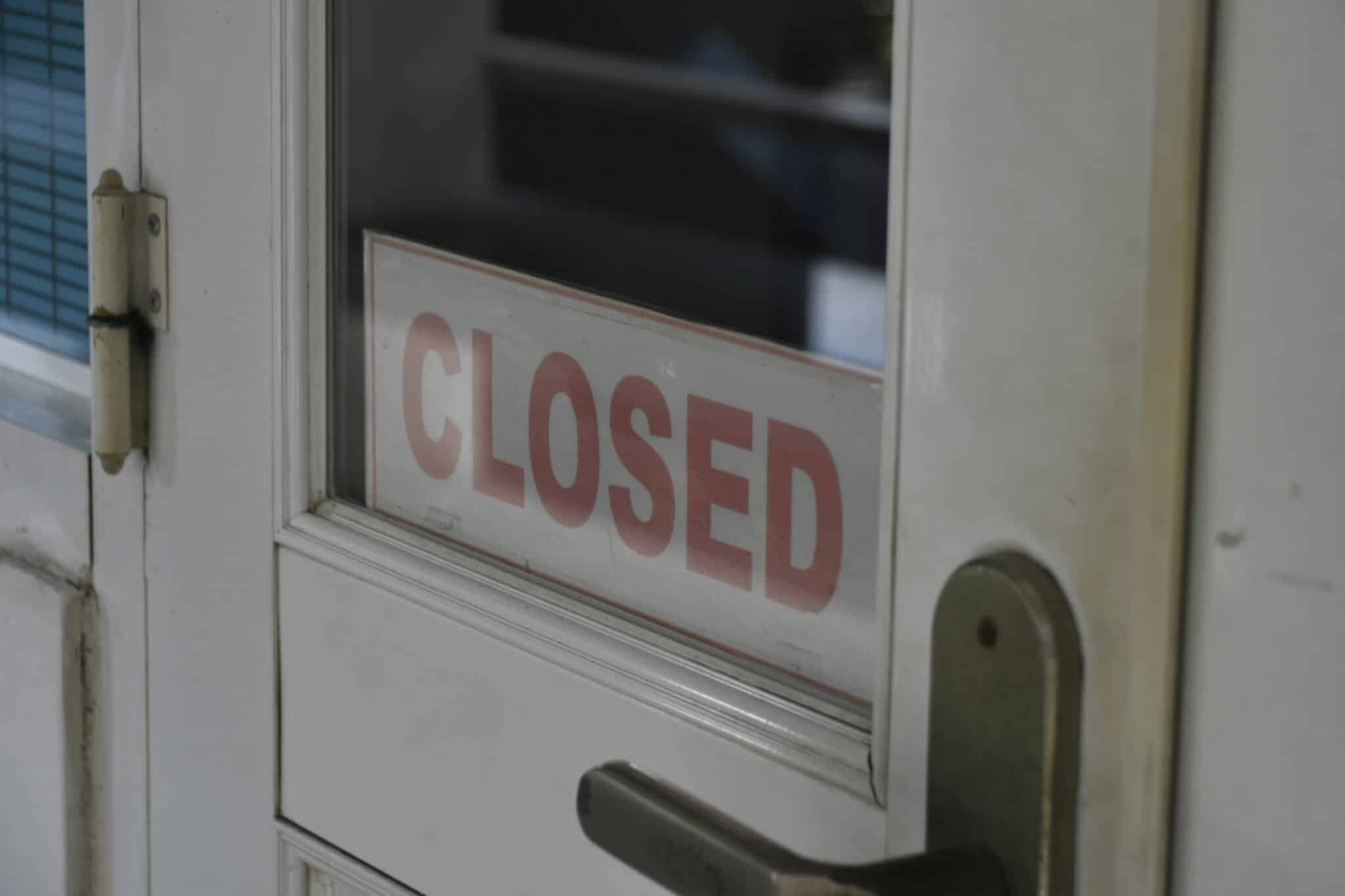In 1985, President Reagan signed a farm bill that included a provision requiring participants in federal agriculture income subsidy programs undertake certain common sense steps aimed at wetlands preservation and erosion prevention.
At the time, federal farm safety net programs came with few strings attached, resulting in taxpayers bearing the financial risks for some producers that chose to expand cropland acreage by draining wetlands, plowing native grasslands, or operating on highly erodible land (HEL). Under this new “conservation compliance” requirement, however, a quid pro quo was enacted. In order to participate in income safety net programs, agricultural producers were prohibited from cultivating wetlands (known as “Swampbuster”) and could only cultivate HEL acreage after crafting a conservation plan in conjunction with USDA’s Natural Resources Conservation Service. In the 30 years since enactment, significant environmental gains (such as reductions in soil erosion) have occurred. Building on this success, policymakers extended this requirement a condition of participation in the federally subsidized crop insurance program—a requirement that had been severed in 1996.
However, as several independent analysts have documented, these standards are not being implemented, monitored, and enforced effectively or in a timely fashion. This has resulted in the underlying standards being rendered meaningless in certain states and counties, meaning taxpayers bear the financial risks associated with economically risky and environmentally damaging planting decisions, such as draining wetlands and converting native grasslands to subsidized crops such as corn and soybeans. These impacts result in greater soil erosion, water pollution, greenhouse gas (GHG) emissions, and other unintended consequences which increase costs for both consumers and taxpayers. If conservation compliance standards intend to achieve their stated goals of conserving wetlands and limiting soil erosion, while reducing costs for federal programs, they must be updated to reflect today’s economic conditions and be effectively implemented and enforced. Otherwise, agricultural subsidies will continue to work at cross-purposes with other federal programs and waste taxpayer dollars in the process.
Mechanics of Conservation Compliance Standards
Producers of most major U.S. crops are potentially subject to conservation compliance standards given their participation in one or more federal farm safety net program. Most livestock forage crops – such as pasture and alfalfa – are not required to implement conservation plans (since they generally do not receive taxpayer subsidies, aside from a small number of acres enrolled in the Federal Crop Insurance Program). However, given that only certain types of land require conservation plans (for HEL in particular, in addition to conserving wetlands), the percentage of farm land actually impacted by the requirement is much smaller. Details of the requirements include the following:
- Types of subsidy payments: conservation compliance is attached to several farm bill programs – including Agriculture Risk Coverage (ARC), Price Loss Coverage (PLC), marketing loans, and conservation and disaster payments, in addition to crop insurance subsidies (as of the 2014 farm bill). ARC makes payments when average revenue falls slightly below levels experienced in recent averages. PLC sends payments when commodity prices fall below a reference price mandated by the farm bill. Together, ARC and PLC are available to farm-bill defined “covered commodities” including corn, soybeans, wheat, rice, oats, barley, grain sorghum, pulse crops, peanuts, and other oilseeds. While cotton is no longer a covered commodity, cotton producers are often subject to conservation compliance because they obtain marketing loans and possess generic base acreage on which other covered commodities are grown. Finally, federal crop insurance subsidizes both yield and revenue, with the majority (81%) of subsidies propping up producers’ annual income through revenue guarantees instead of only covering losses due to natural disasters.[1] In 2009, “23 percent of farms (accounting for 71 percent of cropland) received commodity payments”[2] (which now encompass ARC, PLC, and marketing loans) and over 80% of harvested cropland acres were enrolled in crop insurance in 2012.[3] Hence, most farms are subject to the accountability requirements.
- Wetlands conservation (Swampbuster): Swampbuster regulations are intended to deny federal subsidies for production on land converted from wetlands to cropland after 1985, unless an exemption applies.[4] The U.S. Department of Agriculture (USDA) estimated that “12.9 million acres of wetland[s] were directly adjacent to existing cropland,”[5] and hence may be affected by Swampbuster regulations.
- Highly erodible land (HEL): About 25 percent of U.S. cropland (100 million acres) is categorized as “highly erodible,” and “85 percent of this land is subject to conservation compliance through subsidy eligibility.”[6] (See map from the USDA’s Economic Research Service (ERS) below).[7] HEL is prevalent in states such as Kansas, Nebraska, Texas, Iowa, North Dakota, and Montana. These states also happen to have the highest crop insurance indemnities, meaning that taxpayers are subsidizing planting on land with a high risk of crop loss.[8] The HEL requirements may be met with several different conservation practices given that USDA’s final program regulations were less strict than originally envisioned. In fact, more than 50% of acres are only required to have conservation plans on file with USDA stating that they will use no-till practices and manage crop residues, practices that many would implement anyway.[9] Grassed buffers, terraces, and other conservation practices that help further reduce soil erosion and water pollution are not required and thus are not as widely utilized.
.gif)
Fiscal and Environmental Benefits of Conservation Compliance
Since their inception in 1985, conservation compliance standards were successful in reducing soil erosion and conserving wetlands. According to USDA-ERS, from 1982-1997, soil erosion in the U.S. declined “by more than a third, or 1.2 billion tons per year.”[10] About 40 percent of soil erosion reductions occurred on HEL subject to conservation accountability standards even though only 25 percent of cropland is considered highly erodible.[11] In addition, the Swampbuster standards helped reduce wetland drainings from “235,000 acres per year before 1985 to 27,000 acres per year from 1992 through 1997.”[12] However, USDA-ERS noted that high cropland prices from 2010-12 may have incentivized farmers to drain more wetlands, despite conservation compliance requirements.[13] (See the next section for more details on the lack of monitoring and enforcement.)
At least in theory, this quid pro quo results in taxpayer subsidies being contingent upon producers meeting certain basic soil and water conservation standards. If producers are not implementing best management practices, regulations are in place to send their subsidies back to taxpayers. This way, taxpayers get a better return on their investment instead of subsidies working at cross-purposes with other federal programs aimed at improving air, water, and soil quality. If implemented properly, conservation accountability standards can help conserve wildlife habitat, build soil carbon, reduce GHG emissions, improve both local and downstream water quality, and enhance recreational opportunities. These benefits result in hundreds of millions of dollars in lower water treatment costs, better public health, and economic opportunities for industries relying on clean water – fishing, boating, etc.
Enforcement Failures Lead to Wasted Taxpayer Dollars
While conservation compliance standards were effective in the past, independent analysts have recently found that they have not been effectively implemented and enforced as required by law. Both USDA’s Office of Inspector General (OIG) and the Government Accountability Office (GAO) have concluded that the standards are enforced inconsistently from county to county, and taxpayer subsidies have been paid to farmers even though they have failed to meet the basic requirements. In addition, USDA-ERS notes that their effectiveness is limited during times of high crop prices when increased short-term profits outweigh long-term soil and wetland conservation. Just a few of these reports’ findings include the following:
- Ineffective implementation: A 2003 GAO report found that half of local USDA Natural Resources Conservation Service (NRCS) offices were failing to implement the law as required.[14]
- Failure to utilize penalties: USDA only applies a graduated penalty to a few percent of farms despite widespread noncompliance.[15]
- Lack of field checks: OIG found that USDA is not conducting an adequate number of field status reviews in a timely fashion, in addition to ineffective recordkeeping about whether farmers were complying with the basic standards.[16]
- Waste of taxpayer dollars: A 1995 OIG report found “$212,000 in farm program benefits [were paid out] even though estimated soil erosion exceeded the acceptable level.”[17] And even when the Farm Service Agency withheld $125 million in subsidies for 2002-06 violations, 83 percent of these funds were later reinstated.[18] GAO found similar results from 1993 and 2001 when 5,084 farms and 7,187 farmers were found out of compliance, but instead of $42 million being returned to taxpayers, only 20 percent was denied.[19]
- Impact of high crop prices: ERS noted that the “rise in commodity prices in recent years has reduced program payments and incentives for meeting compliance requirements.”[20]
For these reasons, “in 2007, USDA’s National Resources Inventory (NRI) data shows [that] 54 million acres of highly erodible land had estimated soil losses above the tolerance or “t” level (the highest level that can be sustained without threatening long-term soil productivity)” in addition to 48 million acres of non-highly erodible with unsustainable rates of soil erosion.[21] In states like Iowa, the soil erosion rate has actually increased in recent years with record plantings of corn and other crops. The Environmental Working Group and the Iowa Daily Erosion Project at Iowa State University estimate millions of Iowa cropland acres have unsustainably high soil erosion rates without even accounting for erosion from gully runoff. In nearby Nebraska, USDA recently announced that it will start requiring farmers to install additional conservation practices – such as grassed buffers, terraces, etc. – on highly erodible land with gullies.[22] In the past, conservation practices were only required if erosion was found to cause downstream damages. Without all states and counties enforcing the minimal soil and wetland standards consistently and effectively, farmers will continue to reap generous subsidies while causing downstream costs and additional burdens for taxpayers and the public.
Recommendations
With conservation compliance standards now over 30 years old, it is time to revisit them to ensure the soil and wetland requirements are meeting their goals and delivering a return on investment for taxpayers. In addition to updating requirements to reflect today’s economic conditions, more effective enforcement and monitoring must be prioritized and receive a dedicated stream of funding to ensure taxpayer subsidies are not working at cross purposes with other federal programs. Spot checks must increase from less than one percent of fields to at least the previously required five percent, and standards should be tailored to local conditions (particularly areas with high rates of wetland and grassland losses over the past few years). USDA should also implement field-level monitoring and reporting programs to determine the effectiveness of all agriculture conservation programs and standards to ensure they are meeting their objectives. Otherwise, as GAO reported, unintended consequences (such as greater use of pesticides from increased no-till practices) may result and harm water quality.[23] In addition, underlying agriculture subsidies that distort markets and promote risky planting decisions should be eliminated. The resulting safety net – one that steps in only during times of true need such as major floods and droughts – should be tied to more effective conservation compliance standards. This way, taxpayer dollars will be spent more wisely.
[2] https://www.ers.usda.gov/webdocs/publications/eib94/16471_eib94_2_.pdf?v=41055
[3] https://www.agcensus.usda.gov/Publications/2012/Online_Resources/Highlights/Farms_and_Farmland/Highlights_Farms_and_Farmland.pdf, https://www3.rma.usda.gov/apps/sob/current_week/sobrpt2004-2013.pdf
[4] https://www.nrcs.usda.gov/wps/portal/nrcs/detailfull/national/water/wetlands/?cid=stelprdb1043554
[5] https://www.ers.usda.gov/webdocs/publications/eib94/16471_eib94_2_.pdf?v=41055
[6] https://www.ers.usda.gov/webdocs/publications/eib94/16471_eib94_2_.pdf?v=41055
[7] https://wayback.archive-it.org/5923/20120620204925/http://www.ers.usda.gov/AmberWaves/June04/Features/HaveConservation.htm
[8] https://www.rma.usda.gov/data/indemnity/2017/2016_042417map.pdf
[9] https://wayback.archive-it.org/5923/20120620204925/http://www.ers.usda.gov/AmberWaves/June04/Features/HaveConservation.htm
[10] https://www.ers.usda.gov/webdocs/publications/eib94/16471_eib94_2_.pdf?v=41055
[11] https://www.ers.usda.gov/webdocs/publications/eib94/16471_eib94_2_.pdf?v=41055
[12] https://www.nrcs.usda.gov/wps/portal/nrcs/detailfull/national/water/wetlands/?cid=stelprdb1043554
[13] https://www.ers.usda.gov/webdocs/publications/eib94/16471_eib94_2_.pdf?v=41055
[14] http://static.ewg.org/pdf/conservation_comp_maxs.pdf?_ga=1.180451047.1373537909.1481568681
[15] http://static.ewg.org/pdf/conservation_comp_maxs.pdf?_ga=1.180451047.1373537909.1481568681
[16] http://static.ewg.org/pdf/conservation_comp_maxs.pdf?_ga=1.180451047.1373537909.1481568681
[17] http://static.ewg.org/pdf/conservation_comp_maxs.pdf?_ga=1.180451047.1373537909.1481568681
[18] http://static.ewg.org/pdf/conservation_comp_maxs.pdf?_ga=1.180451047.1373537909.1481568681
[19] http://static.ewg.org/pdf/conservation_comp_maxs.pdf?_ga=1.180451047.1373537909.1481568681
[20] https://www.ers.usda.gov/webdocs/publications/eib94/16471_eib94_2_.pdf?v=41055
[21] http://static.ewg.org/pdf/conservation_comp_maxs.pdf?_ga=1.180451047.1373537909.1481568681
[22] https://www.nrcs.usda.gov/wps/portal/nrcs/detail/ne/newsroom/releases/?cid=NRCSEPRD1317211
[23] http://static.ewg.org/pdf/conservation_comp_maxs.pdf?_ga=1.180451047.1373537909.1481568681










